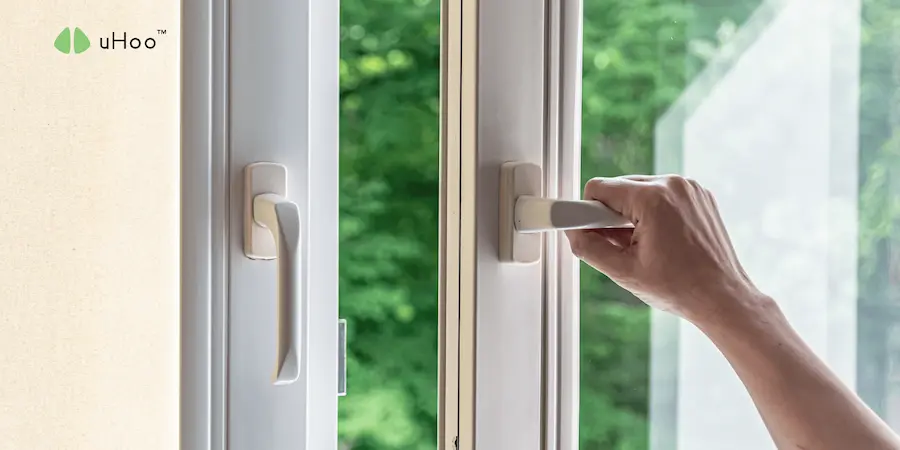Since we spend a significant portion of our lives indoors, making the quality of the air we breathe within our homes is crucial for our overall health and well-being. While often overlooked, indoor air quality can be impacted by a variety of pollutants, from dust and mold to harmful chemicals. Fortunately, there are several steps you can take to improve the air you breathe indoors.
- Ventilation is Key
- Fresh Air Flow: Regularly open windows and doors to allow fresh air to circulate throughout your home.
- Utilize Exhaust Fans: Use exhaust fans in kitchens and bathrooms to remove moisture and pollutants.
- Minimize Sources of Pollution
- Reduce Chemical Use: Opt for natural cleaning products, low-VOC paints, and non-toxic household items whenever possible.
- Control Moisture: Use dehumidifiers to reduce humidity levels and prevent mold growth.
- Avoid Smoking: Maintain a smoke-free environment in your home.
- Regular Cleaning
- Dust and Vacuum: Regularly dust surfaces and vacuum floors, paying close attention to carpets and upholstery. Consider using a HEPA filter vacuum cleaner for more effective particle removal.
- Clean Air Filters: Regularly change or clean air filters in your HVAC system and air purifiers.
- Harness the Power of Technology
- Invest in Air Purifiers: Utilize air purifiers equipped with HEPA filters to effectively remove dust, pollen, and other particles from the air.
- Monitor Air Quality: Employing an air quality monitor like uHoo provides real-time insights into your indoor environment. These devices can track crucial parameters such as temperature, humidity, CO2 levels, VOCs, and particulate matter. By understanding these factors, you can proactively address any concerning levels and take steps to improve air quality.
- Consider Indoor Plants
Certain plants can help remove some pollutants from the air, such as formaldehyde and benzene.
By implementing these strategies and utilizing tools like uHoo air quality monitors, you can gain a deeper understanding of your indoor environment and take control of your air quality. This proactive approach can significantly improve your overall health and well-being.



